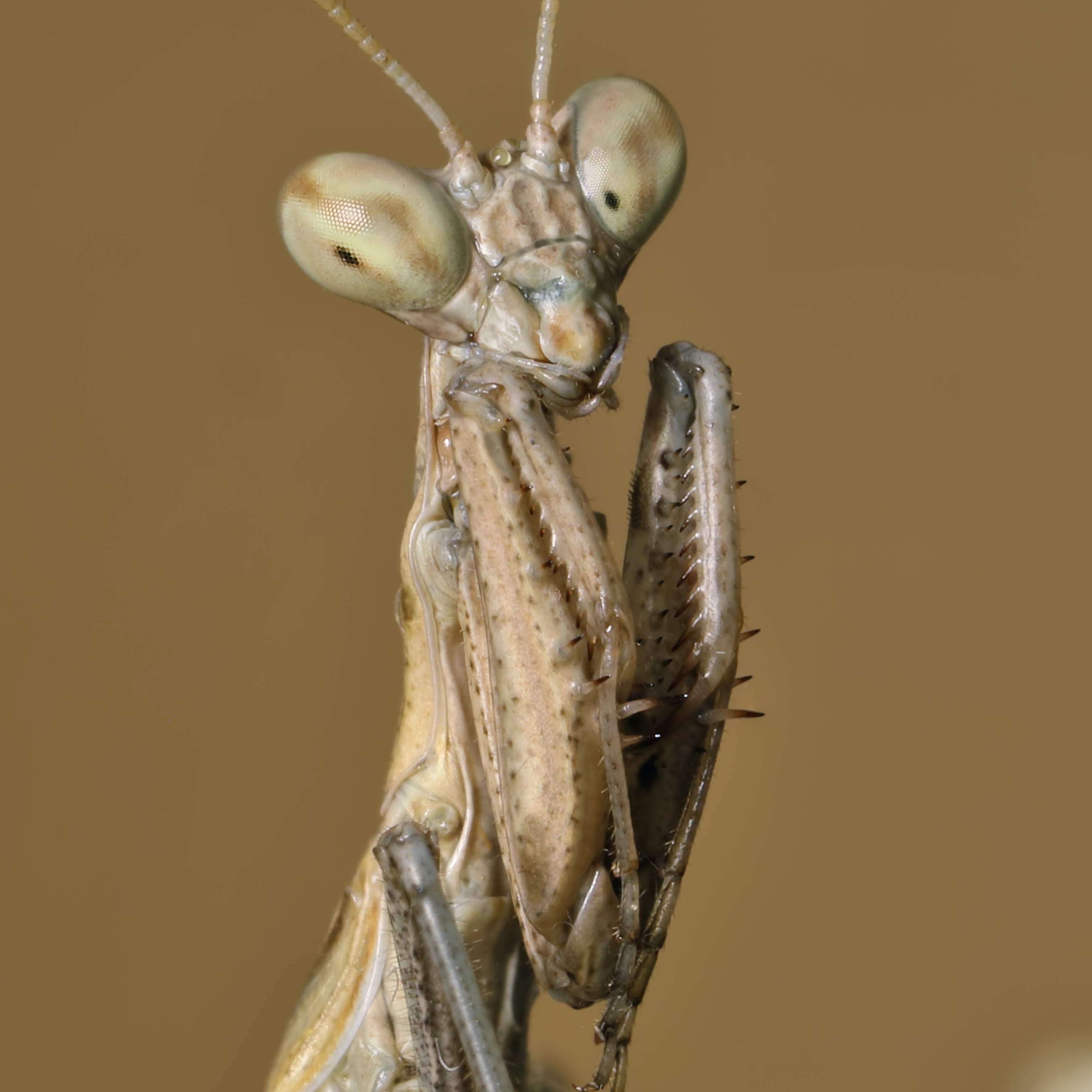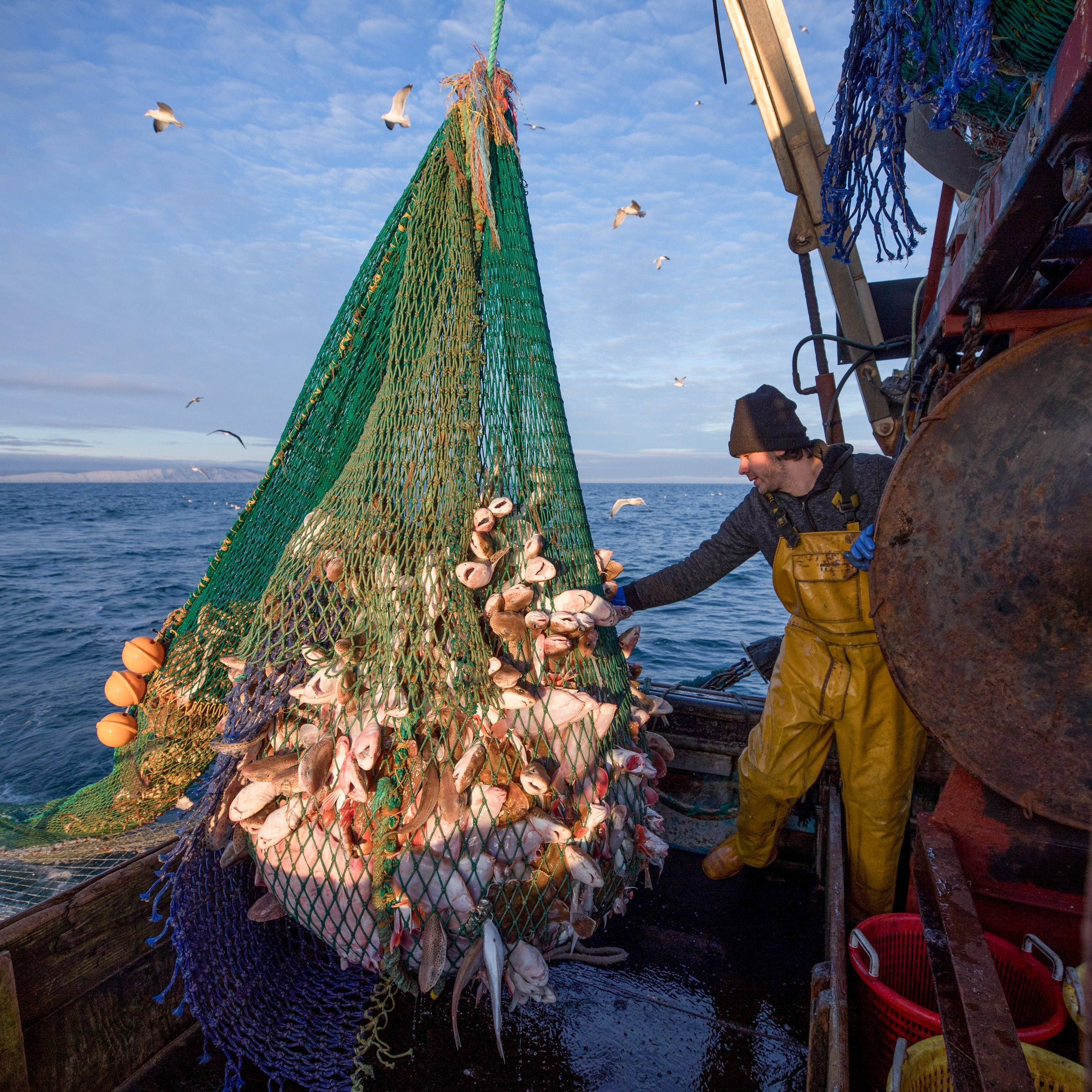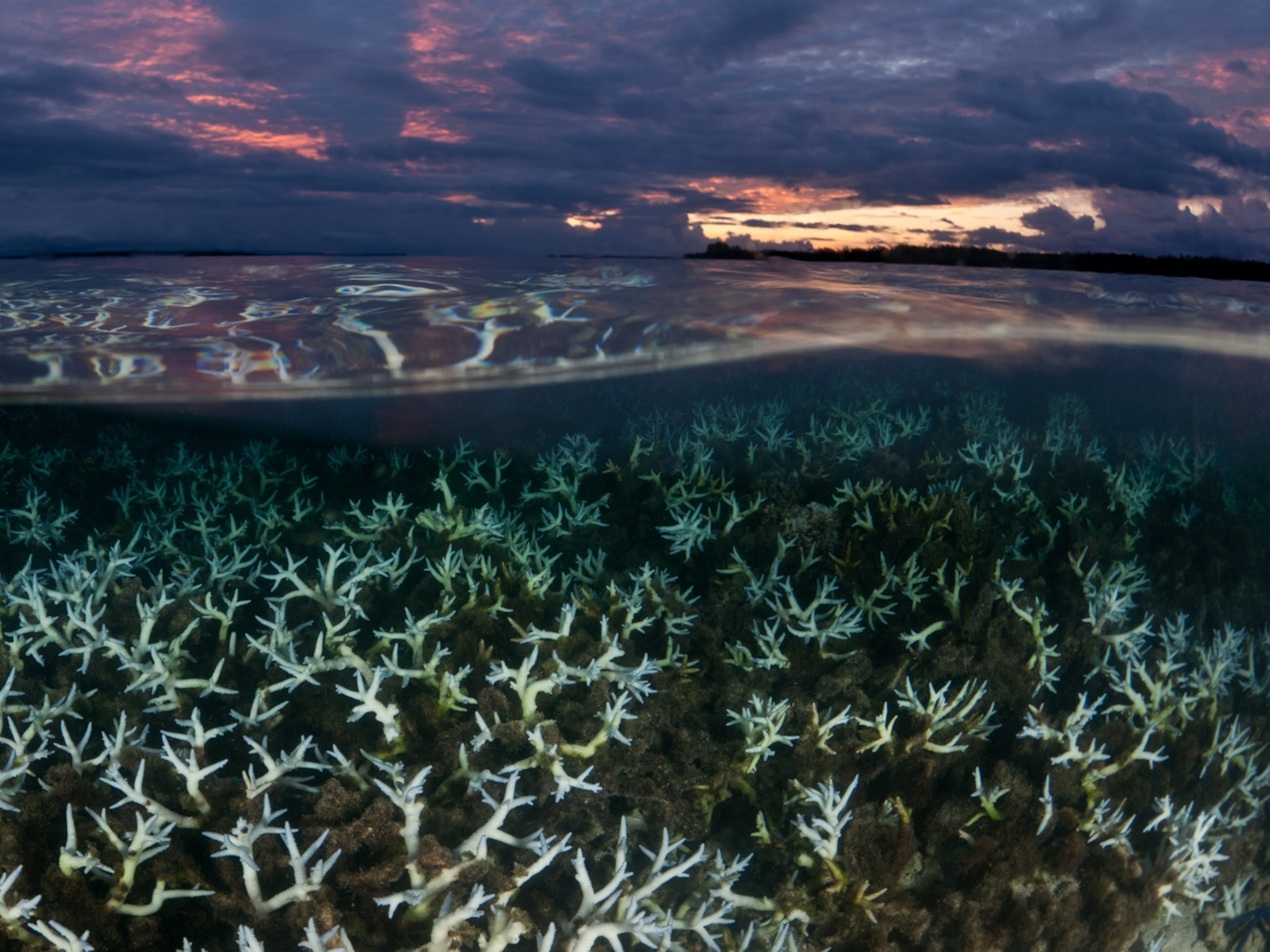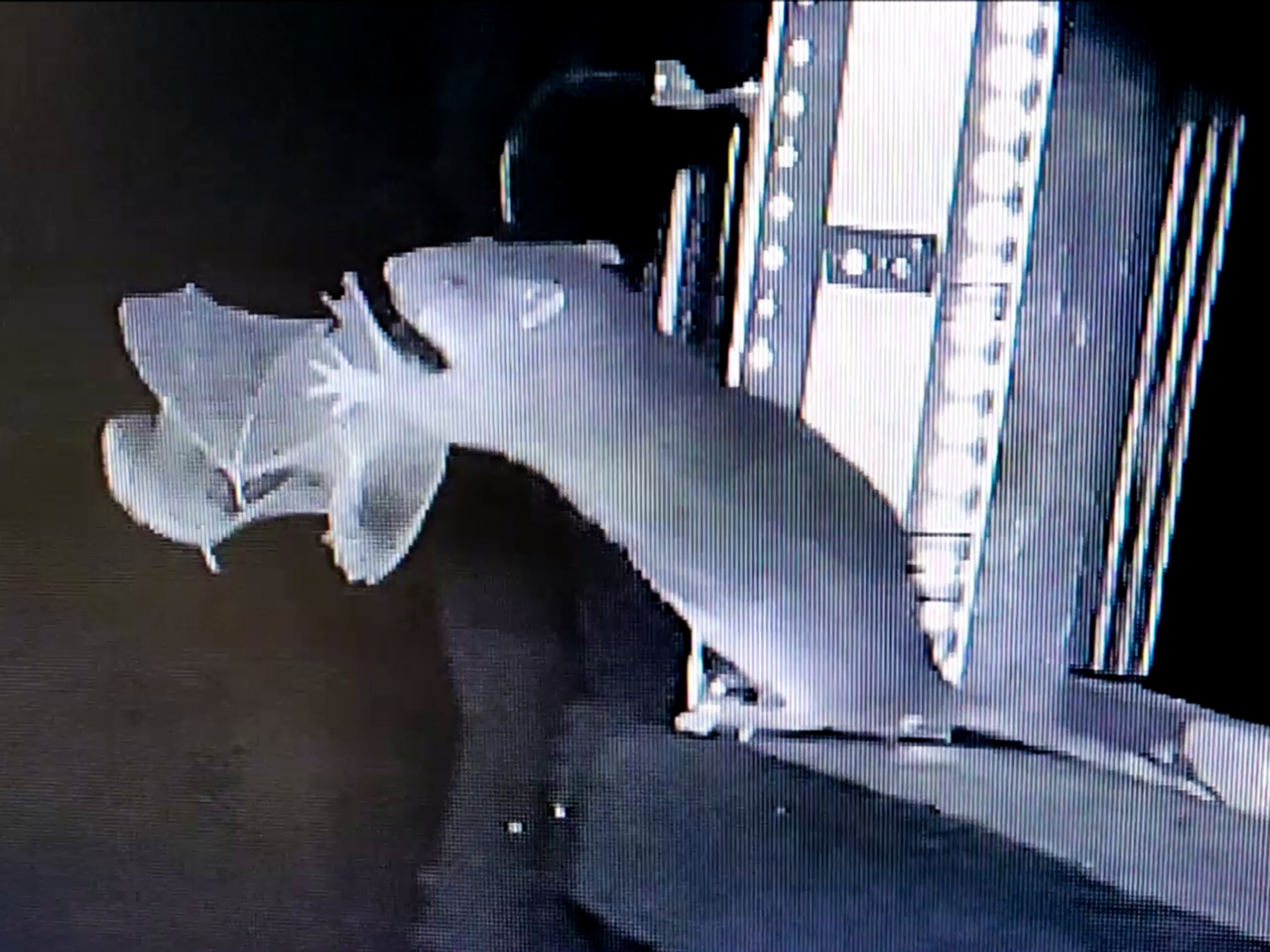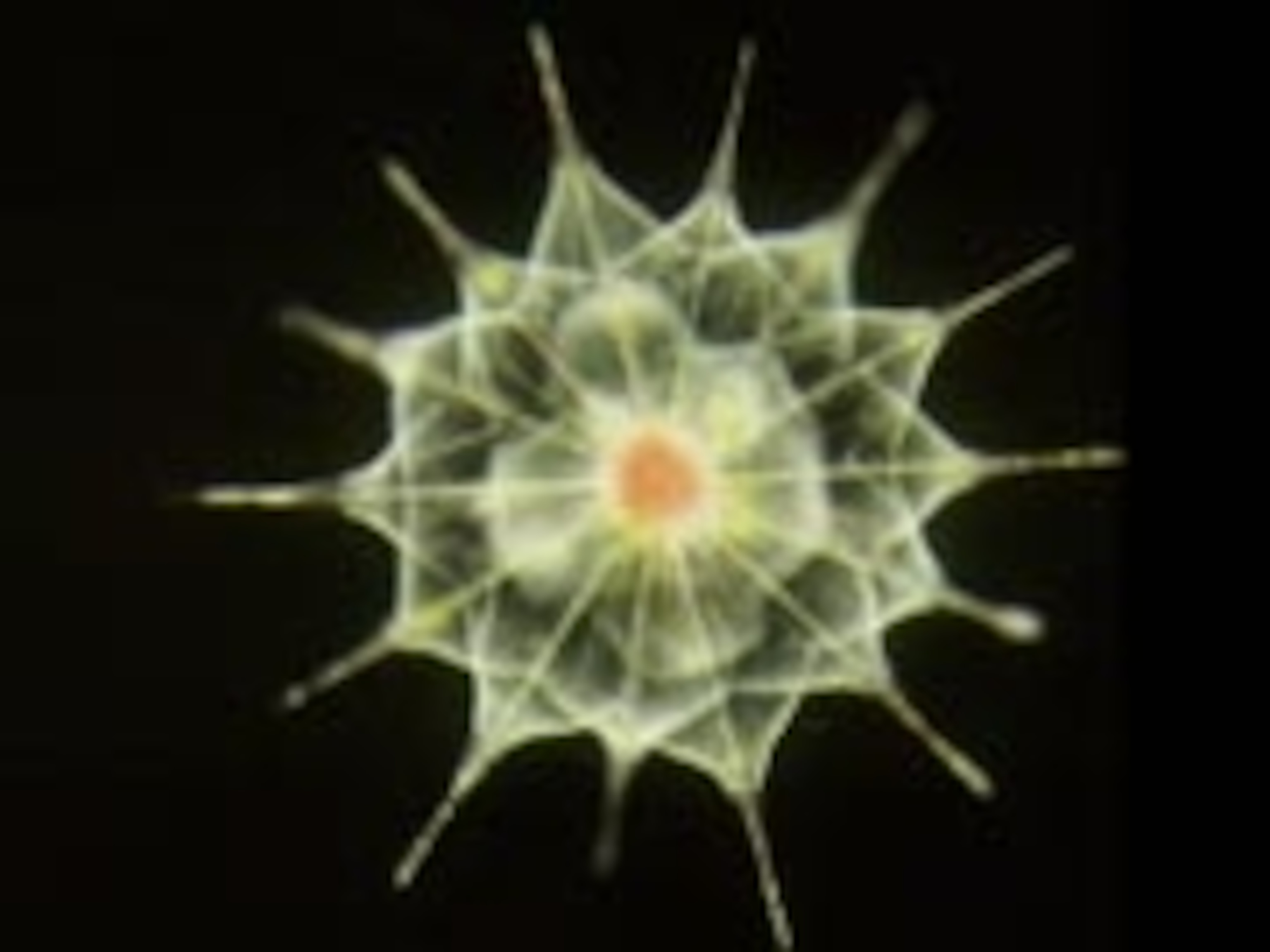
600-Year-Old Worms Among Surprises of 10-Year Sea Survey
Ten-year Census of Marine Life uncovered thousands of likely new species.
Uncovering thousands of likely new species, and sending thousands of scientists on hundreds of expeditions from pole to pole, the ten-year Census of Marine Life, which ended Monday, can seem as overwhelming as the ocean itself.
But a look at just five of the census's great discoveries gives a sense as to just how much the ten-year ocean inventory accomplished—and how much remains unknown.
(Related: our picks of the 13 best Census of Marine Life pictures.)
1. SIX-HUNDRED-YEAR-OLD TUBE WORMS
Inhabitants of the perpetual dark of the deep sea, yard-long (meter-long) tube worms called Escarpia laminata were found by the Census of Marine life to live for around 600 years—making them some of the oldest known animals on Earth.
Another age-defying denizen of the deep is a new species of giant oyster, Neopycnodonte zibrowii, also discovered during the census. These species' seashells form reefs on deep underwater cliffs and were shown, using radiocarbon dating, to reach 100 to 500 years old.
(See pictures from the final batch of Census of marine Life new species.)
2. BUGS RULE THE WAVES
Ninety percent of the living biomass in the oceans is made up of hard-to-see microbes, together weighing the equivalent of 35 elephants for every living human—another fact uncovered by the Census of Marine Life.
(See pictures of Census of Marine Life microbes.)
"Microbes play a huge role in how ecosystems function," said Tom Webb, an ecologist from the U.K.'s University of Sheffield, who was not directly involved in the census.
"The census has suggested there might be millions of microbe species in the oceans," he said, "and we hardly know anything about any of them."
That's despite the project's globe-spanning efforts to catalogue every ocean species—even the tiniest. As marine biologist Nancy Knowlton said, "This is the first time anything like this has been attempted."
3. BIG BLUE EQUALS BIG UNKNOWN
Even after 540 Census of Marine Life expeditions to countless corners of the Earth, more than 20 percent of the oceans remain totally unexplored, organizers say.
And though it's brought the tally of estimated known marine species from 230,000 to 250,000, census scientists "still could not reliably estimate the total number of species, the kinds of life, known and unknown, in the ocean," according to a press statement. They do say, though, that a million species is a fair guess.
Knowlton, co-director of the Census of Coral Reefs, a field project of the census, said, "As well as chipping away at the unknown and turning it into the known, the census also gives us a sense of the scale of the unknown."
The University of Sheffield's Webb said, "A big part of the achievement of the Census is getting a handle on what we don't know.
"The deep pelagic ocean is, by a very long distance, the largest habitat on Earth and one that we've hardly touched with our surveying," he said. "These are areas that don't really have an edge, with living things that never meet a hard surface."
(Related pictures: "'Alien' Jellyfish Found in Arctic Deep.")
4. MANHATTAN-SIZE FISH SCHOOL
Tens of millions of Atlantic herring have been tracked in the Gulf of Maine (map) forming a school the size of Manhattan (map) during the Census of Marine Life. The schools sometimes contained more than eight of the roughly foot-long (30-centimeter-long) fish per square yard (0.8 square meter).
The discovery was made in part by an acoustic system created by the census that allows scientists to track fish over thousands of square miles—one of several new standardized tools created during the census.
The tools should improve future ocean research, said Knowlton, also a marine biologist at the U.S. National Museum of Natural History.
"If we want to think about Census II," Knowlton said, "we really know what to do next."
If a second census is in the offing, this would be the week to get the ball rolling.
More than 300 Census of Marine Life participants are gathering in London from October 4 to 7 to share their results, consider what happens next, and debut some of the fruits of their labor, including the National Geographic Society book Citizens of the Sea: Wondrous Creatures From the Census of Marine Life, a new National Geographic map of ocean life, and a free online directory that allows anyone to find out which species live where in the oceans.
(The Society owns National Geographic News.)
5. "DOLLHOUSES" REVEAL CORAL DIVERSITY
Looking like empty dollhouses, Automated Reef Monitoring Structures (ARMS)—developed for the Census of Marine Life—allow scientists to accurately compare the coral reef diversity in different regions for the first time.
Mimicking the natural nooks and crannies of coral reefs, the 600 or so layered acrylic structures, now deployed in coral reefs around the world, will encourage species to move in while researchers look on.
The ARMS are helping reveal that coral reefs are "so diverse we really can't put a firm number on" their species variation, Knowlton said.
(Watch video of new species found on Australia's Great Barrier Reef during the Census of Marine Life.)
Census of Marine Life More Than Just Academic?
As with a human census, findings from the Census of Marine Life will be put to a variety of real-world uses.
The U.S. $650 million inventory has helped clarify which areas of the ocean most need protecting and provides a baseline with which future changes can be compared—including the impacts of climate change, overfishing, and oil spills and other forms of pollution.
"We're increasingly recognizing how under-threat the seas are from all kinds of human activities," the University of Sheffield's Webb said.
"I'm hopeful," he added, "that the Census of Marine Life will act as a clarion call for the biodiversity of the oceans and how much we depend on them for our well-being."


